Business Owner’s SEO Checklist for Pest Control Companies
When you own a pest control company, you understand that your business is likely competing against varied other enterprises in the same area. You need to stand out from the crowd not just in service, but in marketing. The best way to optimize your online marketing strategy is by using a capable SEO Checklist.
In this guide, we’ll show you how to use SEO tactics like keyword research and content creation to promote more traffic from search engines like Google. We’ll also go over some tips for optimizing your website so that it ranks well in search results.
Keyword Research
Keyword research is the process of finding and analyzing keywords that are relevant to your business. This is one of the most critical steps for success in the internet’s search engine-driven world. You can’t build an effective SEO strategy without first doing keyword research, because it helps you find the terms that people are using online to search for what your business provides.
To do keyword research, start by looking at some of your competitors’ sites and analyzing their content. Find out which keywords they’re targeting and how they’re using those words in their content. Then, use this information to inform your own keyword strategy moving forward.
But, as a general gist, keyword research should begin with choosing a few broad terms related to pest control services (e.g., “pest control” or “insects”). Then narrow down those terms into more specific ones based on the needs of your audience (e.g., “termite inspection cost” or “cockroach extermination”).
Keyword tools like Google AdWords Keyword Planner and SEMrush are helpful for this step because they’ll show how many people search for each term every month, allowing you to prioritize which ones would be most beneficial for SEO purposes
On-Page Optimization
This is another critical piece of your toolkit. On-page optimization is the process of optimizing your website to make it more likely to appear in search engines. To do this, you’ll want to focus on specific elements of your website and make changes based on what search engines like Google want to see.
The most important thing is ensuring that your site has relevant content with a clear purpose (e.g., offering a solution to the visitor’s problem). This includes things like writing unique titles and descriptions for each page of your site (and including keywords where appropriate), creating an engaging user experience, adding alt tags for images,
On-page optimization includes:
- Title tags and meta descriptions (the text that shows up under each result)
- Keywords used in the content on the page itself
- Links from other websites pointing back at yours
- Local SEO
Local SEO involves optimizing your website, social media accounts, and other online properties for search engines to find you when people are searching within your general geographic area.
Link Building
Link building is the process of getting links to your website, which can help it rank higher in search engines. The more high-quality links you have pointing to your website, the better it will rank. Link building can be done by creating content that attracts links, buying links or taking part in link exchange programs.
Link building also helps you increase traffic from social media platforms like Facebook, Twitter and LinkedIn because they use their own algorithms to determine what content should appear at the top of their feeds based on who has shared it or liked it (or commented on it).
So, if someone shares or likes your post on social media sites like Facebook or Twitter, then this increases its visibility within these networks- Meaning more people will see what you’ve posted!
Content Creation in your SEO Checklist
Content creation is the most important part of SEO for pest control companies. It’s also one of the most difficult to do well (especially with today’s AI content flooding the markets). But, it’s also one of the most important.
One of the things to keep in mind with content creation is that there are so many different types of content to create, and each type has its own purpose.
For example:
- Blog posts (to build your brand through educational content)
- Case studies (to show off what you’ve done for clients)
- Videos (for social media, or YouTube channels) – Infographics (to display data in an easy-to-understand format)
- Podcasts (for driving traffic and building your brand)
Knowing your audience is a critical part of creation- Not many people would be willing to watch a podcast about pest control, nor would the common homeowner seek out infographics on the rising pest populations in the area. But, they would be scouring the web for information on pests they’ve discovered in their homes, and information on how to get rid of them.
The key is to know your audience, and cater your content accordingly.
Conclusion to Your SEO Checklist
The above can provide you with a good general guideline for getting started with SEO, but you should also consider the following:
- What are your competitors doing? What do they have that you don’t, and how can you use it to your advantage?
- What keywords are people searching for in order to find your content (and what kind of content is ranking in their place)?
- How can we adapt our content to be more engaging and shareable?
It’s important to remember that search engine optimization is not a one-time process, but rather an ongoing commitment to improving the visibility of your website and making sure that it provides value for your customers.
With a little luck, following these recommendations (and some of our further tips at Emu Web Marketing) and implementing them on a regular basis, you’ll be able to increase traffic to your website while also improving visitor engagement.

